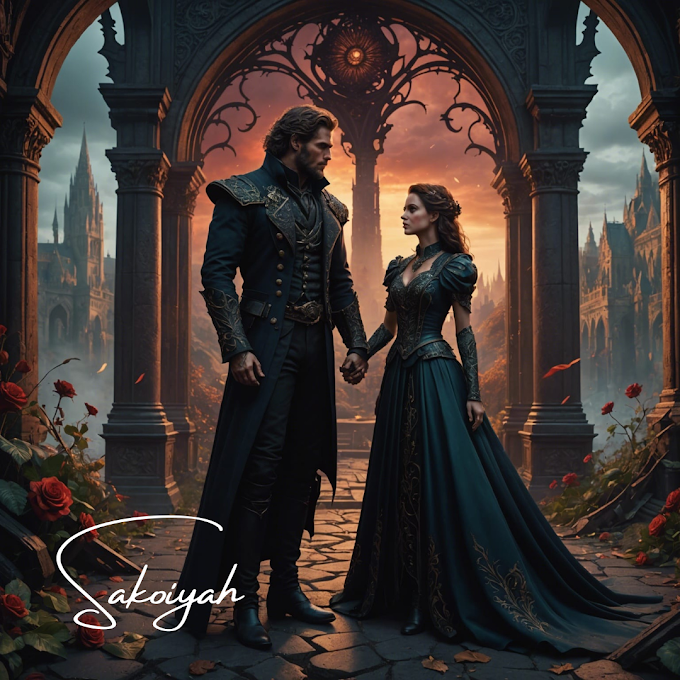This Blog Post is all about How to Structure Flash Fiction Chapters, including 6 Tips for Engaging Flash Fiction Chapters.
This site contains affiliate links; view the disclosure for more information.
This Blog Post is all about How to Structure Flash Fiction Chapters, including 6 Tips for Engaging Flash Fiction Chapters.
This Blog Post is all about How to Structure Flash Fiction Chapters, including 6 Tips for Engaging Flash Fiction Chapters.
Flash fiction requires a concise yet engaging structure to capture readers' attention and deliver a complete, impactful story in a short space. Here's a guide to structuring a chapter for flash fiction:
Chapter Structure for Flash Fiction
1. Hook (Opening Line or Paragraph)
• Purpose: Grab the reader's attention immediately.
• Techniques: Use an intriguing statement, a vivid image, or a compelling question.
• Example: "The town clock struck midnight, and Lily's world turned upside down."
2. Setting the Scene (Brief Exposition)
• Purpose: Provide essential context and background information quickly.
• Techniques: Be selective with details. Focus on what's immediately relevant to the story.
• Example: "Everwood, a town where the ordinary and supernatural blend seamlessly, held secrets that Lily was just beginning to uncover."
3. Inciting Incident
• Purpose: Introduce the central conflict or problem.
• Techniques: Create a catalyst that propels the protagonist into action.
• Example: "A mysterious new student, Damon, arrived at Everwood High, his presence as unsettling as the fog that followed him."
4. Rising Action
• Purpose: Build tension and develop the story.
• Techniques: Introduce complications, obstacles, or revelations that push the plot forward.
• Example: "Lily's curiosity about Damon grew as strange events began to unfold around him. Shadows moved where they shouldn't, and whispers of danger filled the air."
5. Climax
• Purpose: Deliver the most intense moment of the story.
• Techniques: Ensure this is the turning point where the protagonist faces the central conflict head-on.
• Example: "When Damon revealed his true nature—a vampire with a tortured past—Lily realized the danger they all faced."
6. Falling Action
• Purpose: Show the climax's consequences and resolve the conflict.
• Techniques: Tie up loose ends quickly and efficiently.
• Example: "With newfound determination, Lily decided to join forces with Damon to protect Everwood from the looming threat."
7. Resolution (Conclusion)
• Purpose: Provide a satisfying ending that ties everything together.
• Techniques: Offer a resolution to the conflict and a glimpse of what's next for the protagonist.
• Example: "As the first light of dawn broke, Lily stood beside Damon, ready to face whatever challenges awaited them."
Tips Engaging for Writing Engaging Flash Fiction Chapters
• Focus on a Single Moment or Theme: Flash fiction should concentrate on one pivotal moment or theme, avoiding unnecessary subplots.
• Show, Don't Tell: Use vivid descriptions and actions to convey emotions and settings rather than lengthy explanations.
• Strong Characters: Even in a short space, create deep characters. Use dialogue and actions to reveal their personalities quickly.
• Economy of Language: Every word counts in flash fiction. Be precise and deliberate with your language choices.
• Pacing: Maintain a brisk pace to keep readers engaged. Avoid long passages of exposition or description.
• Unexpected Twists: Surprise your readers with an unexpected twist or reveal to make the story memorable.
This post is all about 5 Effective Tips for Creating Engaging Flash Fiction Chapters, including 6 Tips for Writing Engaging Flash Fiction Chapters.
Other Posts You May Like:
- 25 Captivating Romance Writing Prompts for August
- 10 Effective Tips for Developing Strong Romantic Plotlines
- 40 Dark Romance Story Ideas for Writers
- 40 Shocking Plot Twist Ideas for Dark Romance Writers
Looking for another Paranormal Romance?
Check Out My Story "Thrall" on Kindle Vella
First 10 Episodes Free!!







.png)

.png)




0 Comments